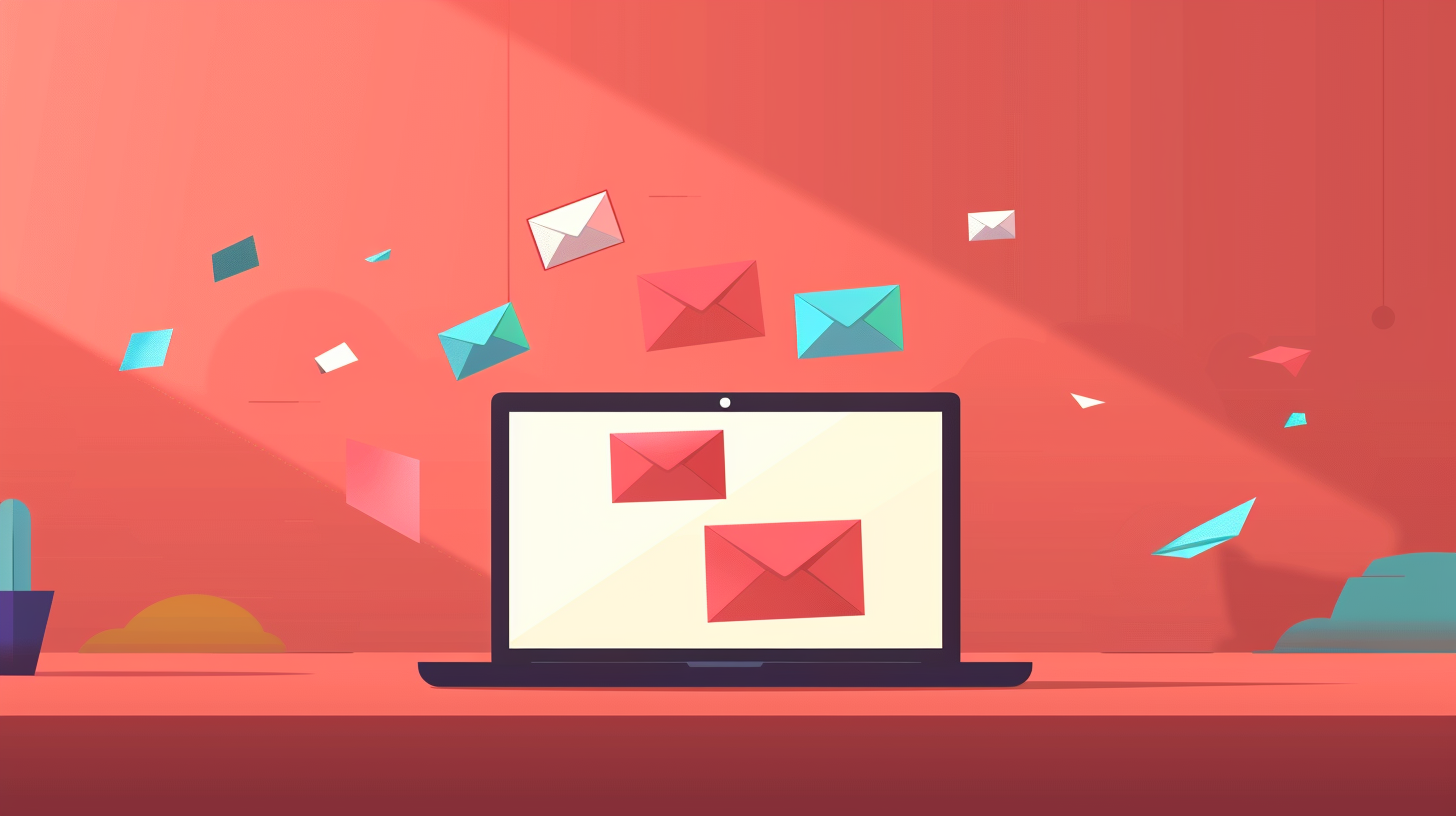How to deploy email to turbo charge your PPC results

When you consider digital marketing, two channels usually come to mind: email and PPC (pay-per-click). Both are used individually by most companies. They send email campaigns on one end and place Google or social ads on the other. But when you use these two channels together, you can get better outcomes more often than when used separately.
The concept is straightforward. Email establishes relationships and trust in the long term. PPC generates instant traffic and leads. If you join them, you address both short-term victories and long-term progress.
Let’s dissect how to integrate email and PPC so they operate as a team rather than independent efforts.
Using PPC to Build Your Email List
One of the most typical email marketing challenges is building your subscriber base. That’s where PPC comes in. Rather than just pursuing direct sales with your advertisements, you can create campaigns that build leads.
For instance, you can place ads that lead individuals to a landing page with a complimentary resource. It could be an ebook, a promo code, or entry to a webinar. The purpose is primarily to gather an email address, not a click once and forget.
This way, even if they don’t buy immediately, you don’t lose them. They subscribe to your email list, and you can persuade them over time. PPC provides reach, and email provides staying power.
Use Email Data to Enhance PPC Targeting
Your email campaigns contain information that can take your PPC to the next level. You already understand which subscribers click on most emails, open links, or react to particular offers. You can utilize these findings and create tailored audiences for your adverts.
For example, you can transfer your list of emails to sites such as Facebook Ads or Google Ads. This allows you to retarget current subscribers or build lookalike audiences. A lookalike audience enables you to find new individuals who possess similar characteristics to your top subscribers.
This cycle continues to feed on itself. The more information you gather from email, the more targeted your ads are. And the more targeted your ads become, the more leads you have for your email list.
Keep the Message Consistent
One of the biggest mistakes brands make is that they treat email and PPC as two distinct voices. A commercial will speak in one voice, and the follow-up email will speak another. This will confuse individuals.
If a customer clicks on an ad for “20% off winter coats,” ensure that the follow-up email picks up where that story left off. If an ad promises a free guide, that email needs to deliver the guide immediately. When channels are integrated, the customer journey is seamless.
Consistency also helps build trust. You want to establish a clear thread from the initial ad to the inbox. It reveals that your brand is dependable and works systematically.
Test and Optimize Across Channels
Email and PPC both live on testing. With PPC, you test headlines, imagery, and calls to action. With email, you test subject lines, formatting, and timing. When you’re running them in combination, you can learn from one and apply it to the other.
If a particular headline is doing well in ads, test it in your future email subject line. If an email call to action is producing good clicks, test it in the ad copy. Cross-testing saves time and strengthens both channels. Tools can also help accelerate this process. For example, Optimizely can make it easier for you to test and optimize your content across different channels.
Automate the Process
To make it even more efficient, you can automate the process. Most marketing platforms offer automation, and you can easily link PPC and email sequences. For example, a person clicks on an ad on Google, subscribes to your list, and will automatically get a welcome email sequence. This will save you a lot of time and effort, and you can easily scale your campaigns.
For writing follow-up emails, you can rely on AI email writers. Editpad is a prominent example of such a tool. With it, you can write emails fast and test different variations to see which ones get better responses. But it does not replace your creativity. It just speeds up the process with less effort.
Measure Results Together
If you merely track PPC clicks or monitor email open rates, you overlook the larger picture. The actual objective is conversions and revenue. That’s why you must measure how the two channels affect one another.
For instance, perhaps a PPC ad doesn’t result in an immediate sale but results in a sign-up. One week later, the email campaign completes that sale. Without measuring both, you’ll be thinking the ad “failed.” But actually, the ad and email worked together to bring in the customer.
You need to have tools that demonstrate to you the entire path. Ruler Analytics is one of them that can do it all for you, from the initial click on an ad to the ultimate email that makes the purchase. You then have this perspective, and you can easily look at which sets of ad and email campaigns are returning the best ROI.
Build Long-Term Growth
The greatest benefit of using email and PPC is that it converts one-time visitors into repeat customers. Ads attract people quickly, but they are pricey. Email retains people at a fraction of the cost.
When you balance the two, you don’t have to rely on ads only. You use ads to get people in and email to retain them. This reduces your cost per lead over time and also boosts the lifetime value of your customers.
Wrapping Up
Email and PPC are great in isolation, but together, they’re unstoppable. PPC puts you in front of new potential customers fast, and email lets you connect with those people over time. You can build a system that serves as a loop by using email data to optimize ads and maintain a consistent message across all channels. Each source feeds the other.
The combination of automation and smart tools can make the process easy and efficient. Whether you’re a small business or a big brand, using email and PPC together can get you better results.
The bottom line: despite treating these channels like they are different worlds, integrate them, measure them as a team, and see how much stronger your marketing will be.



